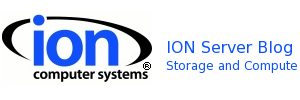Server Economics
Not every server needs 20 cores of Intel Xeon processor or 128GB RAM or 36TB RAID storage. There are certainly applications that deserve a dedicated server with two or four cores, a few gigabytes of RAM and a small boot drive. But are there decisions where a little more planning and expense before deployment extends the life of a server – or adds a Continue reading Server Economics
